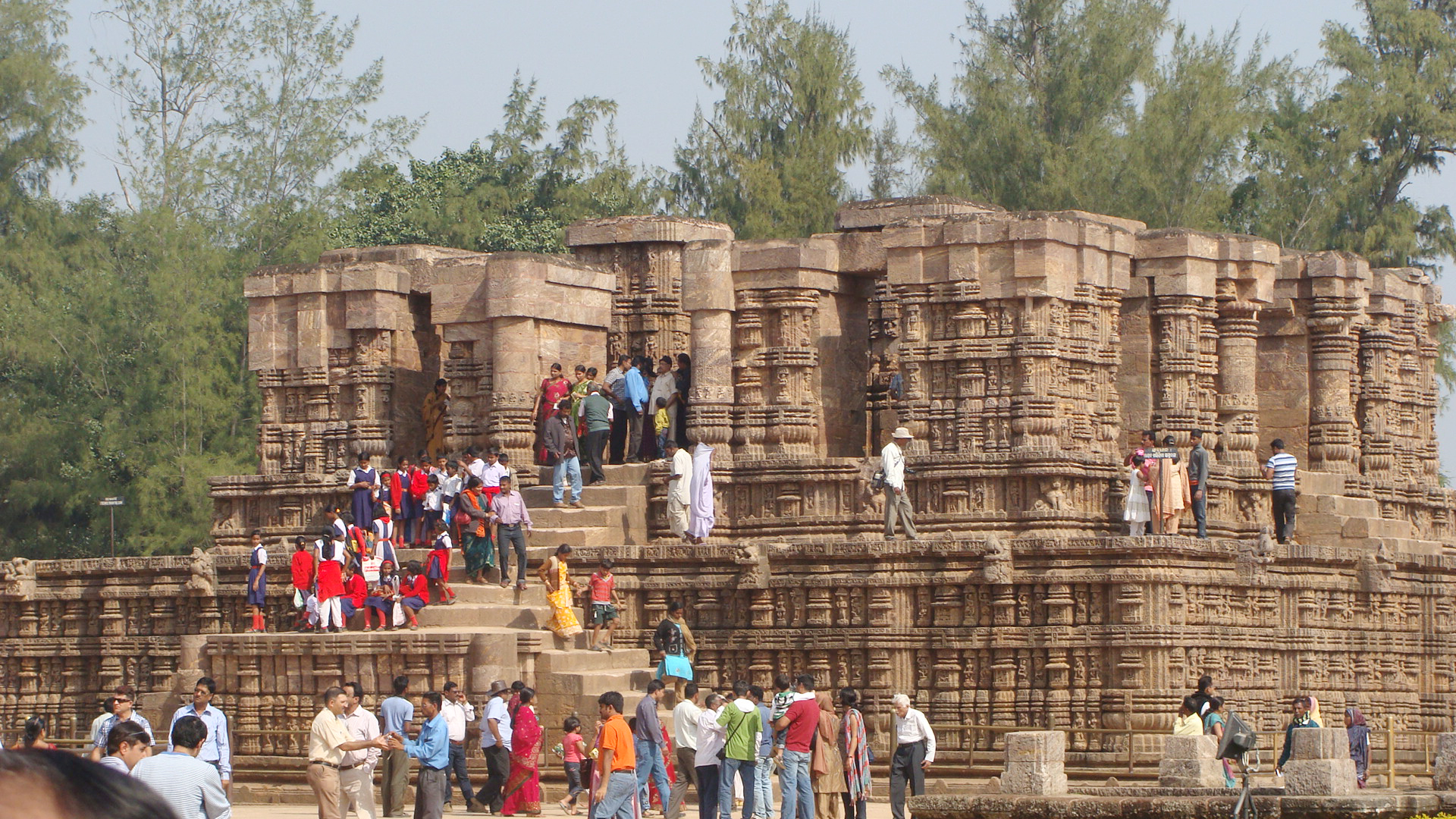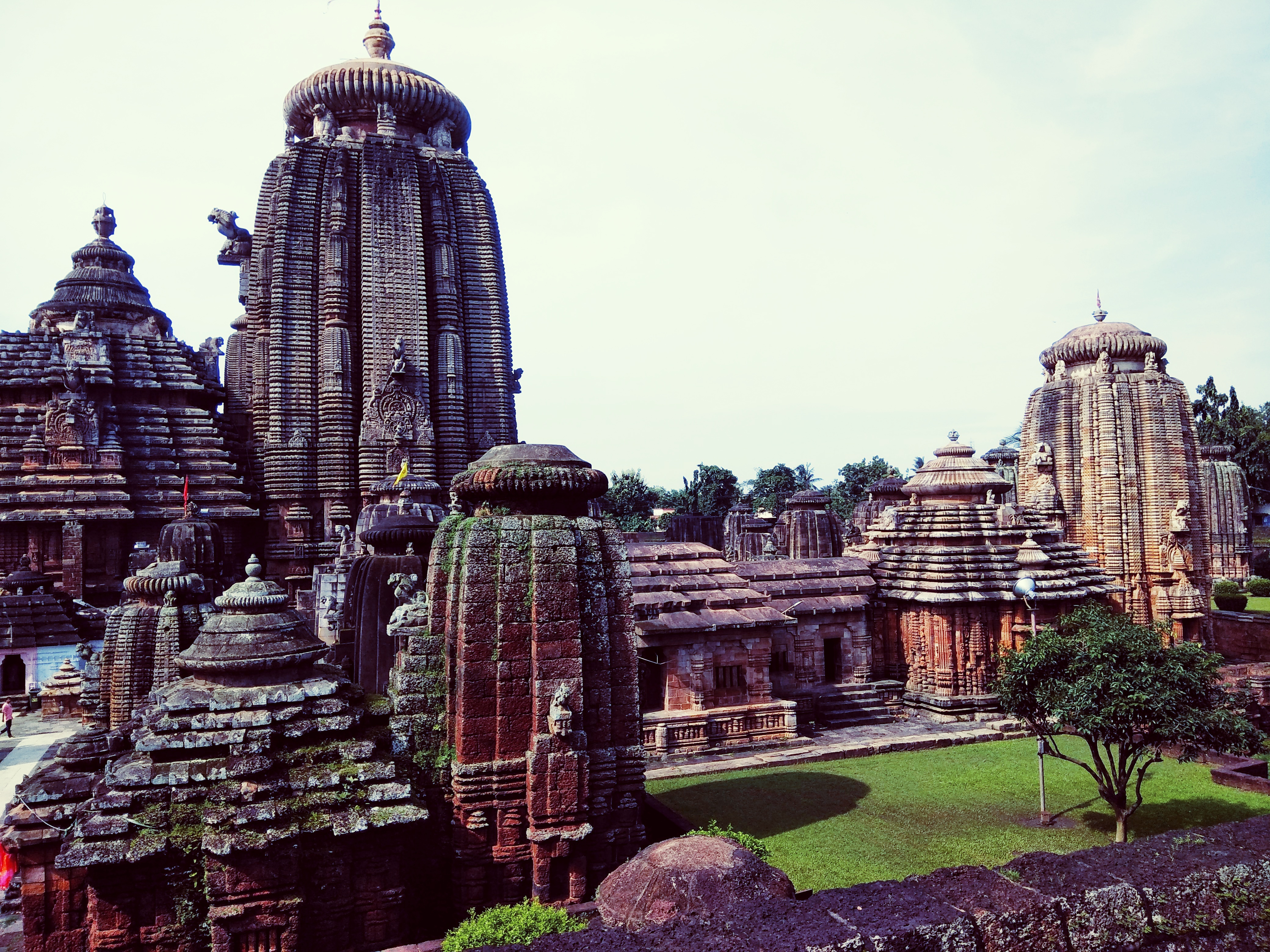|
Nata Mandir
A Nata mandira (or ''Nata mandapa'') is the dance hall of a Hindu temple. It is one of the buildings of the temple, especially in the Kalinga architecture. The name comes from the sanskrit ''Nata'' (=dance) and ''Mandira'' (=temple). The most known nata mandiras are the one of the Temple of Surya at Konark and the Lingaraja temple in Bhubaneswar. The Nata mandira refers to the time of the devadasis tradition when it was prevalent in India. Dancers lived in temple premises solely dedicating their lives to reputed dance forms like Odissi and Bharathanatyam Bharatanatyam () is a major form of Indian classical dance that originated in Tamil Nadu. It is one of the eight widely recognized Indian classical dance forms, and expresses South Indian religious themes and spiritual ideas, particularly of .... Though modern times saw the decline of this tradition, the platforms built for performances still stay as major component of the temple architecture. Notes External links * ht ... [...More Info...] [...Related Items...] OR: [Wikipedia] [Google] [Baidu] |
Hindu Temple
A Hindu temple, or ''mandir'' or ''koil'' in Indian languages, is a house, seat and body of divinity for Hindus. It is a structure designed to bring human beings and gods together through worship, sacrifice, and devotion.; Quote: "The Hindu temple is designed to bring about contact between man and the gods" (...) "The architecture of the Hindu temple symbolically represents this quest by setting out to dissolve the boundaries between man and the divine". The symbolism and structure of a Hindu temple are rooted in Vedic traditions, deploying circles and squares. It also represents recursion and the representation of the equivalence of the macrocosm and the microcosm by astronomical numbers, and by "specific alignments related to the geography of the place and the presumed linkages of the deity and the patron". A temple incorporates all elements of the Hindu cosmos — presenting the good, the evil and the human, as well as the elements of the Hindu sense of cyclic time and th ... [...More Info...] [...Related Items...] OR: [Wikipedia] [Google] [Baidu] |
Kalinga Architecture
The Kaḷinga architectural style is a style of Hindu architecture which flourished in the ancient Kalinga previously known as Utkal and in present eastern Indian state of Odisha. The style consists of three distinct types of temples: Rekha Deula, Pidha Deula and Khakhara Deula. The former two are associated with Vishnu, Surya and Shiva temples while the third is mainly with Chamunda and Durga temples. The Rekha Deula and Khakhara Deula houses are the sanctum sanctorum while the Pidha Deula constitutes outer dancing and offering halls. In Kalinga, the ancient land of Sakta cult, divine iconography existed since the mythological era. Present day research implies that idols (deities) were placed under auspicious trees in the ancient days. And maybe today a temple in general carries various minute details and the overall shape of some heritage tree. The various aspects of a typical Kalinga temple include architectural stipulations, iconography, historical connotations and hono ... [...More Info...] [...Related Items...] OR: [Wikipedia] [Google] [Baidu] |
Sanskrit
Sanskrit (; attributively , ; nominally , , ) is a classical language belonging to the Indo-Aryan branch of the Indo-European languages. It arose in South Asia after its predecessor languages had diffused there from the northwest in the late Bronze Age. Sanskrit is the sacred language of Hinduism, the language of classical Hindu philosophy, and of historical texts of Buddhism and Jainism. It was a link language in ancient and medieval South Asia, and upon transmission of Hindu and Buddhist culture to Southeast Asia, East Asia and Central Asia in the early medieval era, it became a language of religion and high culture, and of the political elites in some of these regions. As a result, Sanskrit had a lasting impact on the languages of South Asia, Southeast Asia and East Asia, especially in their formal and learned vocabularies. Sanskrit generally connotes several Old Indo-Aryan language varieties. The most archaic of these is the Vedic Sanskrit found in the Rig Veda, a colle ... [...More Info...] [...Related Items...] OR: [Wikipedia] [Google] [Baidu] |
Konark Sun Temple
Konark Sun Temple is a (year 1250) Sun temple at Konark about northeast from Puri city on the coastline in Puri district, Odisha, India.Konark: India , Encyclopædia Britannica The temple is attributed to king of the about . Dedicated to the Hindu Sun God , what remains of the temple complex has the appearance of a high chariot with immense wheels and ... [...More Info...] [...Related Items...] OR: [Wikipedia] [Google] [Baidu] |
Lingaraja Temple
Lingaraja Temple is a Hindu temple dedicated to Shiva and is one of the oldest temples in Bhubaneswar, the capital of the Indian state of Odisha, India. The temple is the most prominent landmark of Bhubaneswar city and one of the major tourist attractions of the state. The Lingaraja temple is the largest temple in Bhubaneswar. The central tower of the temple is tall. The temple represents the quintessence of the Kalinga architecture and culminating the medieval stages of the architectural tradition at Bhubaneswar. The temple is believed to be built by the kings from the Somavamsi dynasty, with later additions from the Ganga rulers. The temple is built in the ''Deula'' style that has four components namely, ''vimana'' (structure containing the sanctum), ''jagamohana'' (assembly hall), ''natamandira'' (festival hall) and ''bhoga-mandapa'' (hall of offerings), each increasing in the height to its predecessor. The temple complex has 50 other shrines and is enclosed by a large com ... [...More Info...] [...Related Items...] OR: [Wikipedia] [Google] [Baidu] |
Bhubaneswar
Bhubaneswar (; ) is the capital and largest city of the Indian state of Odisha. The region, especially the old town, was historically often depicted as ''Ekamra Kshetra'' (area (''kshetra'') adorned with mango trees (''ekamra'')). Bhubaneswar is dubbed the "Temple City", a nickname earned because of the 700 temples which once stood there. In contemporary times, it has emerged as an education hub and an attractive business destination. Although the modern city of Bhubaneswar was formally established in 1948, the history of the areas in and around the present-day city can be traced to the 7th century BCE and earlier. It is a confluence of Hindu, Buddhist and Jain heritage and includes several Kalingan temples, many of them from 6th–13th century CE. With Puri and Konark it forms the 'Swarna Tribhuja' ("Golden Triangle"), one of Eastern India's most visited destinations. Ramesh Prasad Mohapatra, ''Archaeology in Orissa'', Vol I, Page 47, B. R. Publishing Corporation, Delhi, 1986, ... [...More Info...] [...Related Items...] OR: [Wikipedia] [Google] [Baidu] |
Devadasi
In India, a devadasi was a female artist who was dedicated to the worship and service of a deity or a temple for the rest of her life. The dedication took place in a ceremony that was somewhat similar to a marriage ceremony. In addition to taking care of the temple and performing rituals, these women also learned and practiced classical Indian artistic traditions such as Bharatanatyam, Mohiniyattam, Kuchipudi, and Odissi. Their social status was high as dance and music were an essential part of temple worship. Between the sixth and thirteenth centuries, Devadasis had a high rank and dignity in society and were exceptionally affluent as they were seen as the protectors of the arts. During this period royal patrons provided them with gifts of land, property, and jewellery. After becoming Devadasis, the women would spend their time learning religious rites, rituals, and dances. Devadasis were expected to live a life of celibacy, however, there have been instances of exceptions. D ... [...More Info...] [...Related Items...] OR: [Wikipedia] [Google] [Baidu] |
Odissi
Odissi (), also referred to as Orissi in old literature, is a major ancient Indian classical dance that originated in the Hindu temple, temples of Odisha – an eastern coastal state of India.Odissi ''Encyclopædia Britannica'' (2013) Odissi, in its history, was performed predominantly by women, and expressed religious stories and spirital ideas, particularly of Vaishnavism through songs written and composed according to the ''ragas'' & ''talas'' of Odissi music by ancient poets of the state. Odissi performances have also expressed ideas of other traditions such as those related to Hindu Gods Shiva and Surya, as well as Hindu Goddesses (Shaktism)., Quote: "There are other temples too in Odisha where the ''maharis'' used to dance. Besides the temple of ... [...More Info...] [...Related Items...] OR: [Wikipedia] [Google] [Baidu] |
Bharathanatyam
Bharatanatyam () is a major form of Indian classical dance that originated in Tamil Nadu. It is one of the eight widely recognized Indian classical dance forms, and expresses South Indian religious themes and spiritual ideas, particularly of Shaivism and in general of Hinduism.Bharata-natyam ''Encyclopædia Britannica''. 2007 A description of Bharatanatyam from the 2nd century CE can be found in the ancient Tamil epic '''', while temple sculptures of the 6th to 9th century CE suggest it was a highly refined performance art by the mid-1st millennium CE. Bharatanatyam is the oldest classical dance tradit ... [...More Info...] [...Related Items...] OR: [Wikipedia] [Google] [Baidu] |







.jpg)